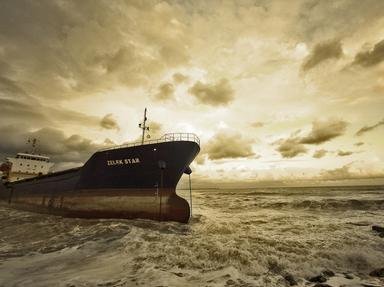
Let's Talk About Wrecks Trivia Quiz
Here are some famous shipwrecks throughout history. I've included the years they sank to help you. Can you place them in the correct order from earliest to most recent?
An ordering quiz
by rossian.
Estimated time: 4 mins.